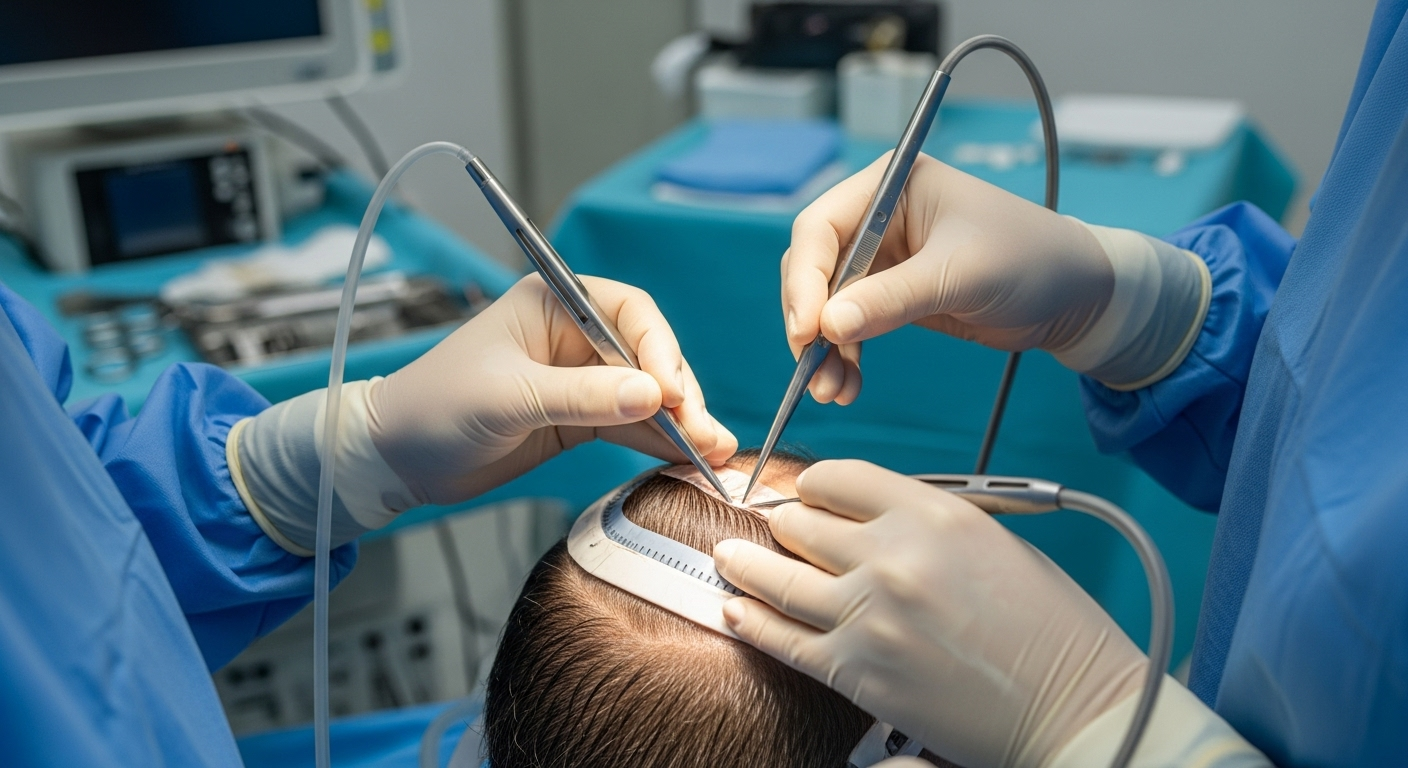Revitalizing Your Locks: The Art of Hair Transplantation
Discover the transformative power of hair transplantation, a cutting-edge solution for those battling hair loss. This innovative procedure offers a permanent, natural-looking remedy to thinning hair, instilling newfound confidence in individuals worldwide. Dive into the intricacies of hair restoration techniques, their impact on self-image, and the science behind this life-changing cosmetic advancement.

Understanding the Hair Transplant Process
Hair transplantation is a sophisticated medical procedure typically performed under local anesthesia, with durations varying based on the extent of the treatment. Two primary techniques dominate the field: Follicular Unit Transplantation (FUT) and Follicular Unit Extraction (FUE).
FUT involves excising a strip of scalp from a donor area, which is then dissected into individual follicular units for transplantation. In contrast, FUE extracts individual follicular units directly from the donor site. Both methods aim to create a natural-looking hairline and enhance overall density in the recipient area.
Advantages of Opting for Hair Transplantation
Hair transplantation offers several compelling benefits for individuals experiencing hair loss:
- Permanence: Transplanted hair continues to grow naturally in its new location, providing a long-term solution.
- Natural Appearance: Modern techniques ensure seamless integration with existing hair.
- Versatility: Can address hair loss due to various causes, including scarring or injury.
- Confidence Boost: Significant improvement in appearance often leads to enhanced self-esteem.
Potential Risks and Side Effects
As with any surgical procedure, hair transplantation carries certain risks:
- Infection
- Bleeding
- Scarring
- Uneven hair growth
However, these risks are minimized when the procedure is performed by a skilled surgeon in a reputable clinic. Some patients may experience temporary shedding of transplanted hair, known as shock loss, but this is generally a transient phase.
It’s crucial for prospective patients to discuss potential risks and side effects with a qualified professional before proceeding with the treatment.
Timeline for Visible Results
The journey to a fuller head of hair unfolds over several months:
- Weeks 2-3: Initial shedding of transplanted hair (normal part of the process)
- Months 3-4: New hair growth begins
- Months 6-9: Significant improvements become visible
- Months 12-18: Full results typically manifest
Patience is key during this period, as the final outcome often justifies the wait for most patients.
Factors Influencing the Cost of Hair Transplantation
Several variables contribute to the overall cost of a hair transplant procedure:
- Extent of hair loss
- Number of grafts required
- Technique employed (FUT or FUE)
- Surgeon’s experience and reputation
- Clinic location
Generally, more extensive procedures requiring a higher number of grafts will incur greater costs. Clinics in major metropolitan areas or those with highly renowned surgeons may charge premium rates.
| Clinic Name | Location | Technique | Estimated Cost Range |
|---|---|---|---|
| Hair Restoration Institute | New York, USA | FUE | $8,000 - $15,000 |
| Harley Street Hair Clinic | London, UK | FUE | £5,000 - £12,000 |
| DHI Global Medical Group | Athens, Greece | DHI | €3,500 - €8,000 |
| Vera Clinic | Istanbul, Turkey | FUE | $2,500 - $5,000 |
Note: Price estimates are subject to change. Independent research is advised before making financial decisions.
Conclusion
Hair transplantation has emerged as a popular solution for individuals seeking to address hair loss and enhance their appearance. Advancements in technology and techniques have made the procedure more accessible and effective than ever before.
Whether considering a full hair restoration or targeted treatments like eyebrow transplantation, consulting with a reputable clinic and experienced surgeon is essential to determine the most suitable approach for individual needs.
By understanding the process, benefits, and potential considerations of hair transplantation, individuals can make informed decisions about pursuing this transformative procedure.
This article is intended for informational purposes only and should not be considered medical advice. Consultation with a qualified healthcare professional is recommended for personalized guidance and treatment options.






